Two alumni in senior development positions at religious nonprofits explore issues of messaging, impact, and strategy in the current cultural climate.
Hyewon Kraemer
Associate Director of Development
Becket Fund for Religious Liberty
John Ranheim
Vice President of Advancement
Covenant Theological Seminary
How do you communicate your story to possible donors?
HYEWON KRAEMER: In past and current fundraising positions, I’ve tried to customize donor communications as much as possible. There is nothing like a customized cultivation plan, based on a donor’s affinities, need, and outlook on the world. In the beginning of my career, I was especially involved with direct mail campaigns, appealing to the largest share of “the masses” as possible. Throughout my experiences, I’ve learned the importance of connecting to the donor community “where they're at” through multi-faceted mediums including YouTube, Facebook, and Twitter. In addition to that personal connect, traditional media is also invaluable; some donors gain confidence by seeing your organization’s name in The New York Times, Washington Post, TIME, Wall Street Journal, National Review Online, and so forth, and to them, it legitimizes the organization.
JOHN RANHEIM: The short answer is that we have to communicate succinctly and with greater frequency than ever before. I find the best way to do this is through a personal story that shows our mission in action. For us, this is often seen through the impact our alumni have in their respective ministries. For stories to be experienced they have to be told with frequency and a range and mediums. For us, these include: print and digital magazine, direct mail, e-newsletter, Twitter, Facebook, videos, in-person testimonials, large events, student and alumni profiles (digital and print), personal letters from staff and students, website, etc.
How do you measure your impact? How can you tell if you are reaching your goals?
JOHN: The primary role of development is to establish and cultivate relationships with those desiring to be connected to, and in partnership with, the particular ministry or organization. It is both quantitative and qualitative. Connecting donors to a particular ministry or organization is in its essence a work of connecting their heart to the mission/vision through their gifts of time, talent, or treasure. As a result, the true measure of success in development is best seen through the growth and cultivation of relationship between a donor and an organization. One of the metrics can and should be their financial support, however simply saying that ‘growth in giving’ is the ultimate metric is a mistake. Donors are people and who should not be reduced to purely financial contributors and those who give the same way or amount in a static fashion. The work of development is to engage the whole person, not just their wallet. When the whole person is fully engaged, the natural extension is joy in their giving and often an increase of financial support. As a result, our goals for success have to be created with true donor growth and health in mind. A robust donor base should be growing in numbers, frequency of gifts, amount given, and depth of donor relationship. Goals and metrics should in turn correspond to these priorities.
I determine success for our team at Covenant by measuring the qualitative and quantitative growth with donor relationships, with particular weight put on the metric of contacts made in a particular year. No one can control how or when a donor will give. Giving is inherently a spiritual act done from the heart, not just the hand. There are many aspects of development and giving we cannot control, however one thing we can control is the amount and type of effort we put forward toward engaging the donors. Thus, a key metric to healthy donor engagement is a robust outward effort to contact and cultivate donors.
HYEWON: For a lot of organizations, measuring impact tends to be based around the idea of inputs and outputs. For X amount of dollars, you can help Y amount of people. It’s a concept that’s very simple to communicate.
One of my previous positions was raising money for programs for military families. This organization pioneered family retreats that brought service members together with their loved ones after a deployment or an injury. In speaking to a funder, it was very easy to use this model that by using X number of dollars, you are helping Y number families which comes to about Z individuals; sometimes that’s the extent of what the donor wants to hear. Your impact then becomes counting how many people the organization has served, and it’s great to a get a nice number to splash on your annual reports or donor updates.
What’s harder to measure is outcomes. To continue on with the military family retreat example, the question becomes: How many active duty service members found healing through these retreats and how many families were able to achieve a sense of togetherness and unity? The outcomes are harder to measure quantitatively, but are so critical and important. In fundraising, I have found that it’s important to talk about both outputs and outcomes. With my last organization, counselors would be on-site at the retreat, where they conducted post-retreat evaluations, and even underwent several longitudinal studies on the effects of these retreats in the long run.
In my current role at the Becket Fund for Religious Liberty, we’re trying to create a community of donors and constituents whom we’re not only educating on religious liberty but also showing how we work through the courts and legal system. Culture drives law. If you can influence people at the elite level, you can change the culture. Success at my current organization is in influencing people to change the law, setting precedents. The hope is that we will be so successful that we will put ourselves out of business.
Measuring impact is a complicated and tough question; however, it’s something that every organization needs to answer on its own, and determine the best course of action. Nearly all funders will ask this question and in my experience, the answer has been different for each organization.
What changes in approach or message are you making to connect to the next generation of givers?
HYEWON: It sounds a bit cliché, but it really is about “reaching people where they are.” Your question itself is a nod to the notion that different demographics need different messages. Extensive studies have been done by Blackbaud and the Association of Fundraising Professionals (AFP) to name a few on different demographic groups and their responses including “Matures,” “Baby Boomers,” “Gen X,” and “Gen Y.”
In my current role, my conversation with the “Mature” donor will look very different compared to a “Gen Y” donor. One of my previous employers relied heavily on grassroots tactics to meet its fundraising goals. Text-to-donate was really popular. In my current role, where my organization is litigating religious liberty cases, it’s quite different. We often don’t know how long it’s going to take for a court case to conclude, so a text-to-donate or a rapid response may not be the most effective fundraising strategy. In past and current experiences, targeting the Gen Y donors has meant utilizing a lot of video, social media, etc. We use a lot of infographics in our fundraising work such as our website, videos, and social media that require ease of use.
For many people, (not John Jay alumni I hope!), it is not so clear that religious freedom is worth protecting. You almost have to take a step back and connect with them to show them that religion and faith are a force for good. This can be done through testimonials, videos on social media, Twitter, and similar platforms.
JOHN: One of the largest shifts has come in how we provide content to younger and prospective donors. Younger donors, who grew up with social media, expect to receive far more content through a variety of mediums. Keeping younger donors interested and engaged requires more contact in shorter intervals that is relevant and timely. The message has to correspond with the intersection of our mission and the cultural moment we live in. To reach younger donors, we have had to shift our messaging to show the direct impact of our work today not just the institutional commitments we have stood for over time. Younger donors are more inclined to resonate with the impact an organization will have versus the ‘mission’ or commitments of the organization in general. They are also far less inclined to give institutionally, versus toward a project or a particular goal. Our messaging has had to take all of this into consideration as we have developed both message and mode.
About the Participants
Hyewon Kraemer currently serves as the Associate Director of Development for the Becket Fund for Religious Liberty. She holds a B.A. in History from Emory University and an MPA in Public Administration with a concentration in Nonprofit Management. She is a John Jay Fellow (Spring 2008).
Hyewon began her development career when she moved to Washington, DC for an internship almost eight years ago. Since then she has expanded her portfolio with her experiences in major gifts, event planning, and grant writing. Prior to coming to Becket, she has worked for national nonprofit organizations focusing on rehabbing homes for low-income homeowners and veterans and focusing on providing support for active-duty service members and their families.
Having lived in three countries and seven states, Hyewon now makes her home in Virginia (the state she has lived in the longest) with her husband.
John Ranheim currently serves as the Vice President of Advancement for Covenant Theological Seminary in St. Louis, MO. Prior to working at Covenant, John’s professional background included working in politics, campus ministry, and entrepreneurialism. He is honored to have participated in the Witherspoon Fellowship in fall 2001. John has a Master’s of Divinity (M.Div.) from Covenant Seminary and a BA in Communications from Whitworth University. Having worked in development for the last 10 years, one of John’s greatest joys in working with donors is to connect their heart and passions with the needs and vision of the ministry – raising up and leveraging resources for the sake of the gospel. As a native of Seattle, John enjoys outdoor activities, especially running and skiing with his best friend and wife, Elizabeth, and their four young boys.



